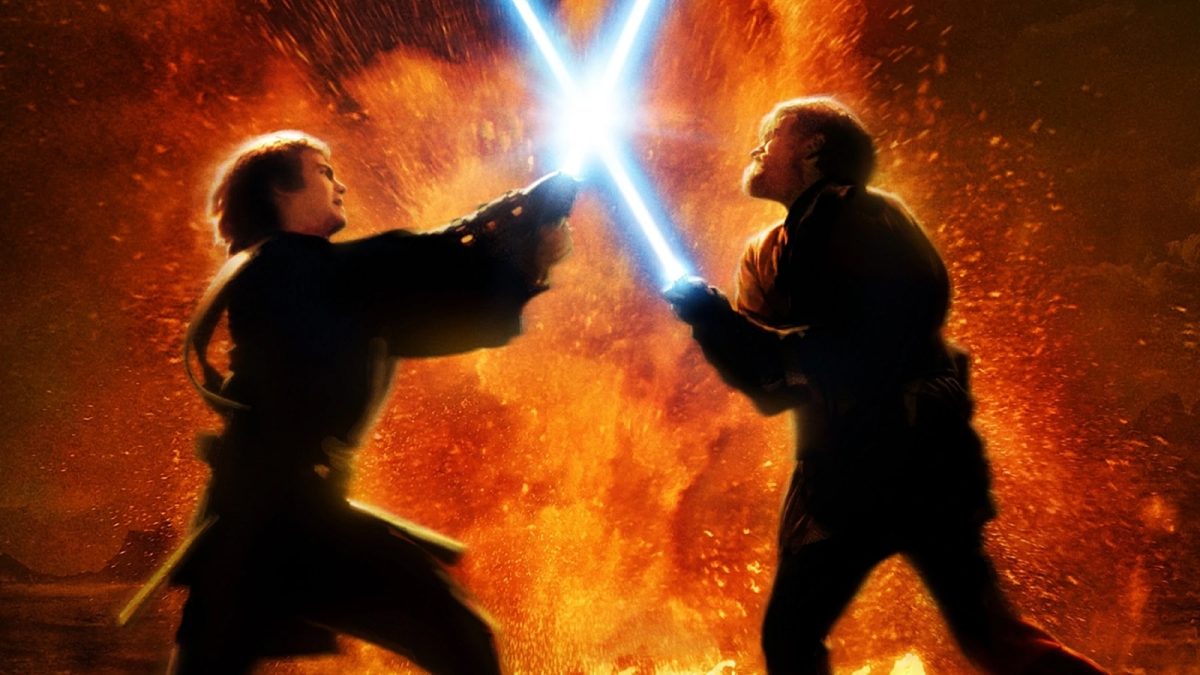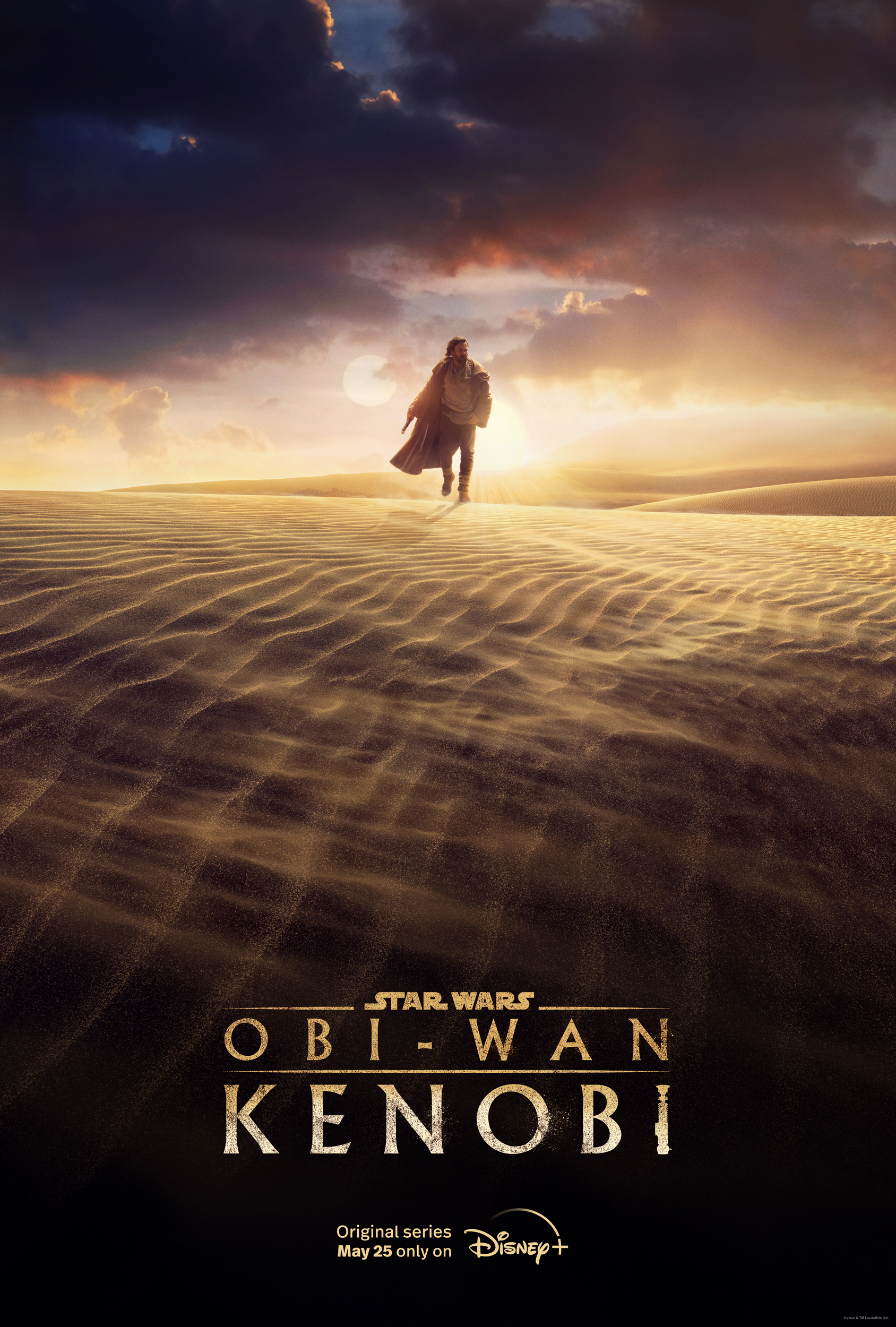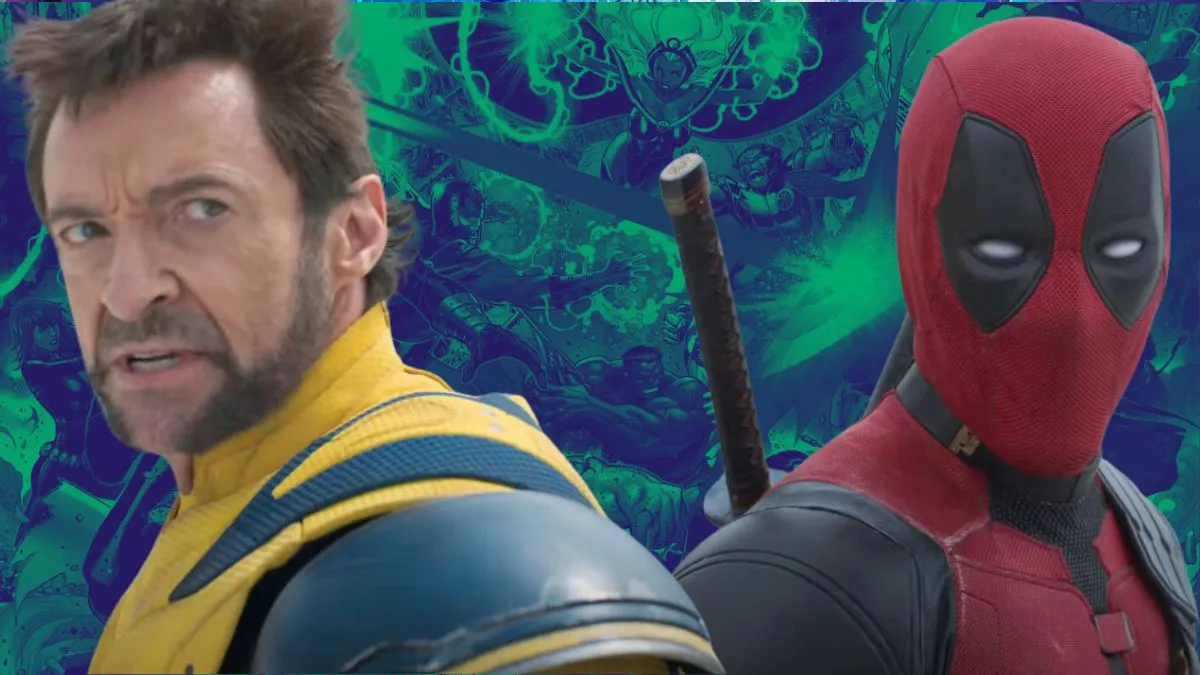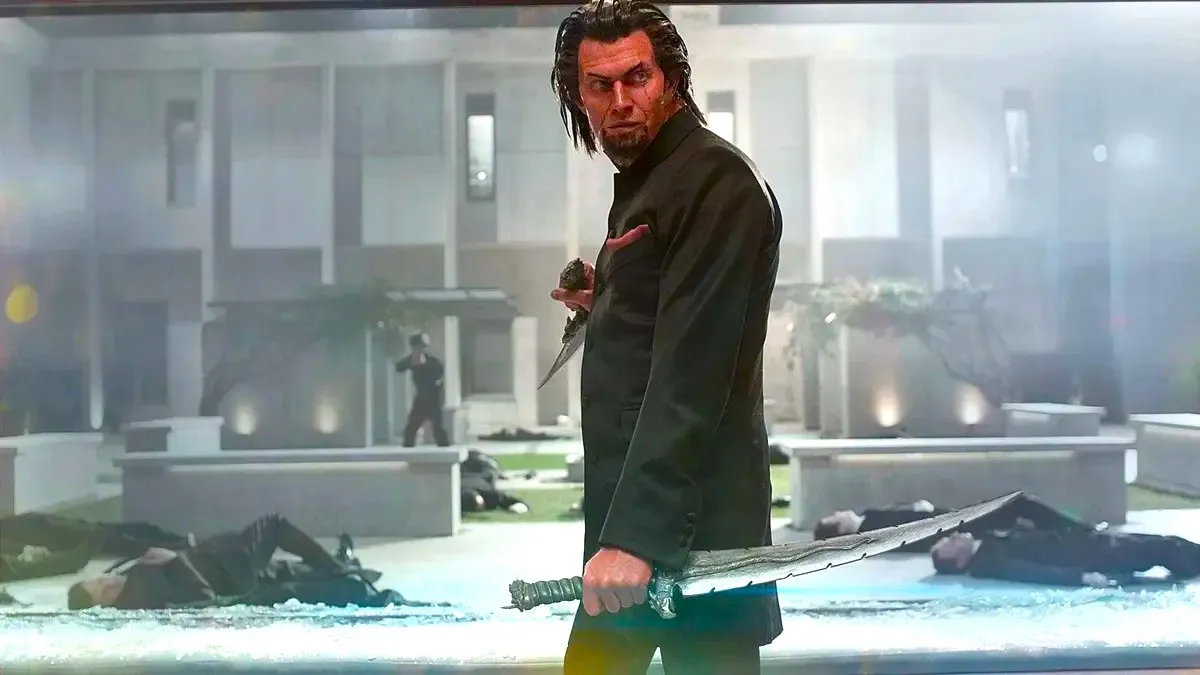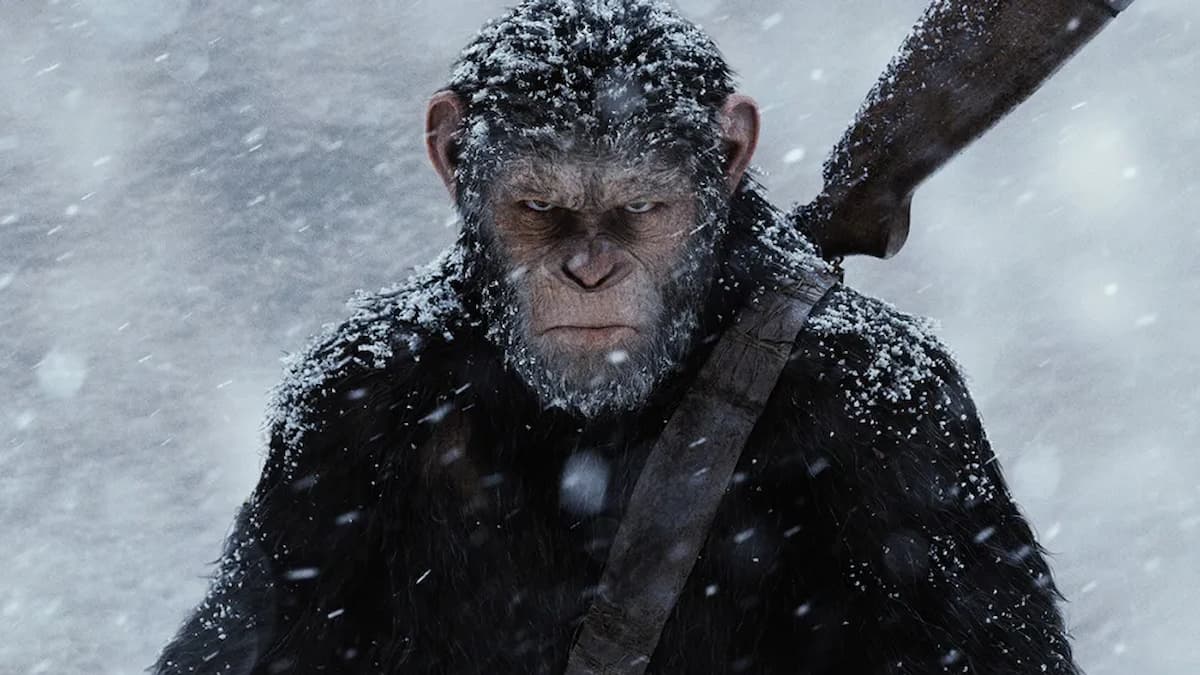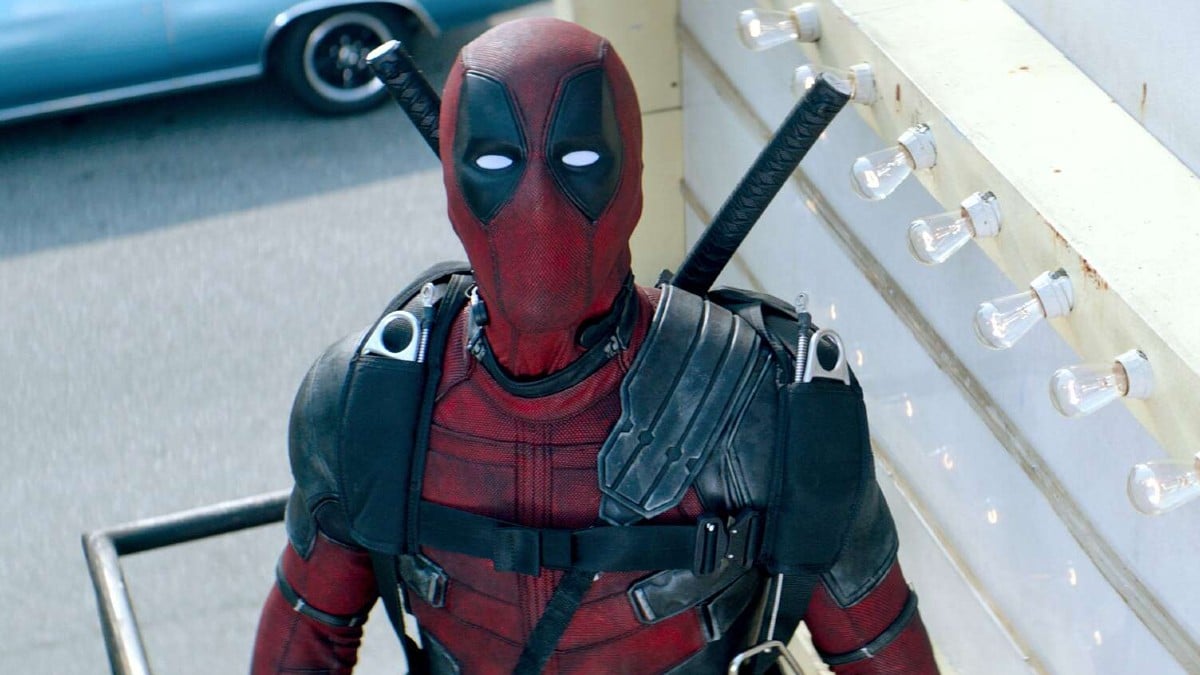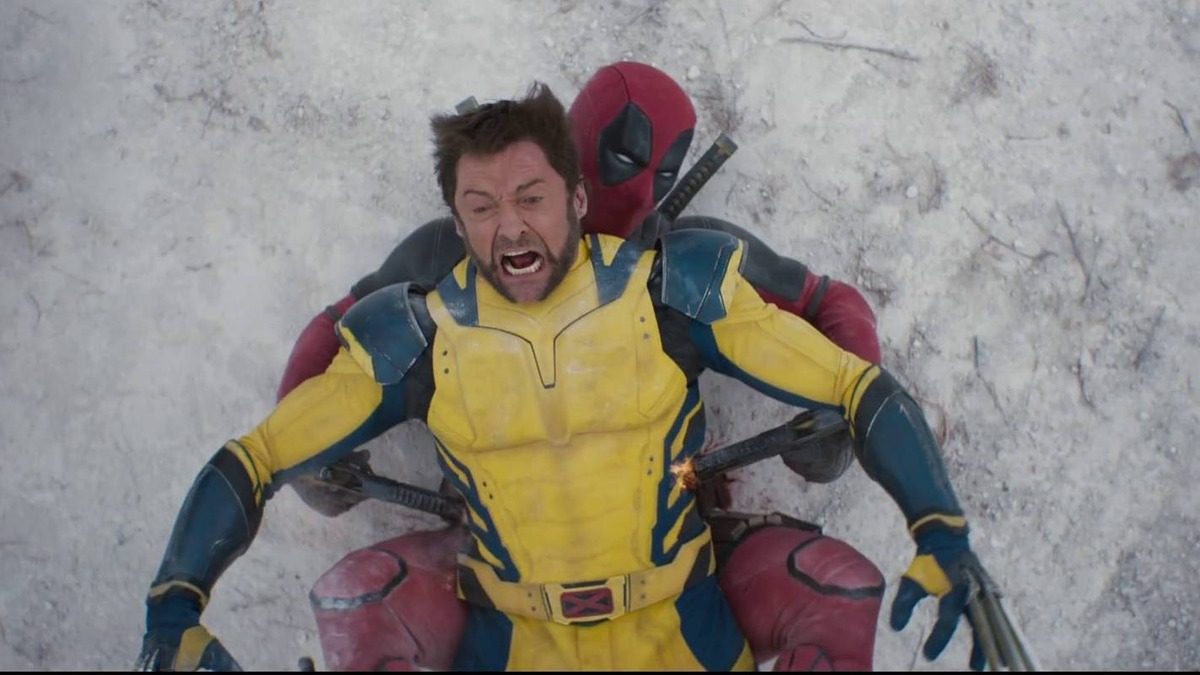As the bespoke Chosen One in the prophecies of the Force, Anakin Skywalker was arguably even more powerful than both Master Yoda and Emperor Palpatine at the heights of their powers, so how was it that Obi-Wan Kenobi defeated him in the last Star Wars prequel movie?
Despite being a prodigy from an early age and serving as the Jedi’s most lethal weapon against the Separatists in the Clone Wars, Obi-Wan managed to overpower Anakin on the molten slopes of Mustafar after his betrayal of the order, thus creating the encased menacing villain we encounter in the original Star Wars trilogy.
While a lot of elements certainly played a role in the downfall of Anakin in the third act of Episode III — Revenge of the Sith, there might be a little more subtlety to the fight itself than many Star Wars fans would assume. In fact, the question of how Obi-Wan defeated his apprentice could be as convenient as saying the plot demanded it, but if we dig a little deeper, we might actually find a compelling answer from what the Star Wars canon has already revealed to us.
Drawing out the fight and Obi-Wan’s mastery of Form III
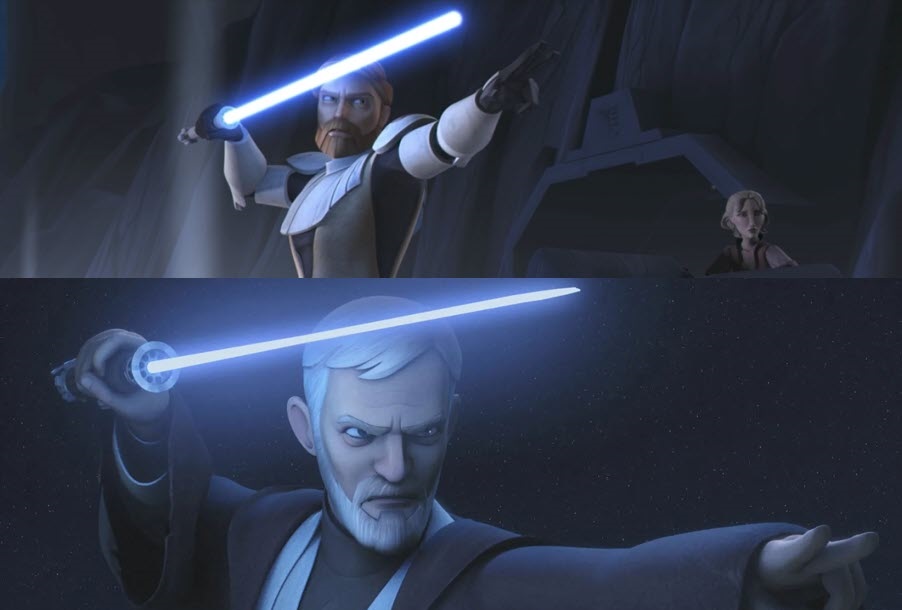
The entirety of Revenge of the Sith seems to be leading to that moment when the two brothers fight to the death on the lava planet. To complete his transformation to the dark side, Anakin has to kill Obi-Wan. His old master, on the other hand, has an obligation to the annihilated Jedi Order and the galaxy at large to stop Anakin before he can unleash another era of terror with his new associate, Darth Sidious.
Though the fact remains that Anakin is infinitely more powerful than Obi-Wan and has showcased that raw strength numerous times during their time together as master and Padawan, Kenobi manages to hold his own for a long while until that so-called “high ground” gives him a lethal opening. One reason that canonically but not explicitly contributes to Obi-Wan being uniquely situated to fight Anakin and even throw him off in certain situations is due to his mastery of Form III.
As many Star Wars fans will tell you, the Jedi have, over the years, developed unique lightsaber fighting styles that each Padawan adopts as their own when they’re training to become a Jedi Knight. There are seven lightsaber forms in total, each focusing on a unique fighting style. Lightsaber forms aren’t just a lore jargon that fans casually throw around to justify some inconsistencies in Star Wars canon, of which there can be a lot. Indeed, as the Expanded Universe (now called Legends) began to form around the Skywalker Saga, many of these things became so integrated into the narrative of the galaxy far, far away that they started spilling into the Mouse House’s rigidly organized canon timeline.
For instance, hasn’t it ever bothered you that Mace Windu easily defeated Palpatine in lightsaber combat but Yoda failed in achieving the same feat later in the movie? Well, that’s due to the fact that Windu was infamously known to be a practitioner of Form VII, also known as Vaapad. Form VII is extremely aggressive in nature, leading many of its users to eventually succumb to the dark side of the Force. That’s why the Jedi Council prohibited its practice many years ago, but reluctantly allowed a select few to keep practicing it due to its effectiveness against the Sith.
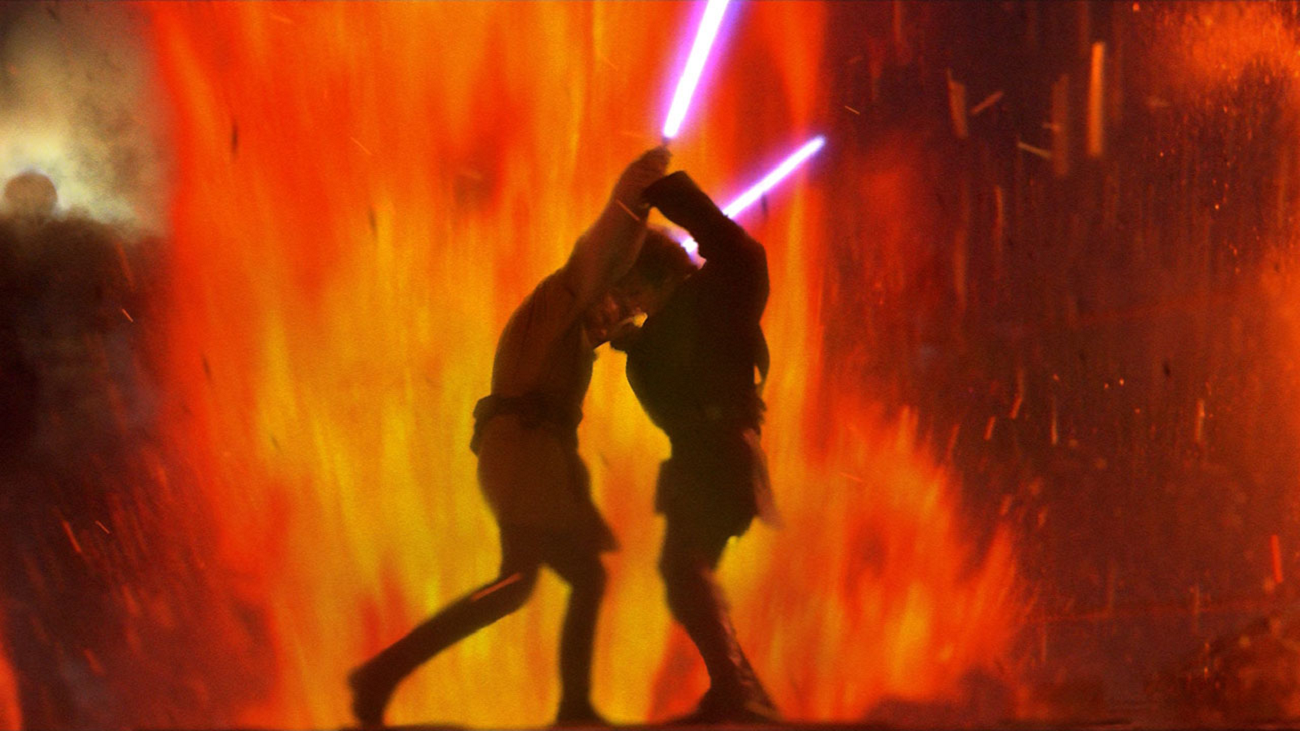
Through his mastery of the living Force, Mace Windu was not only able to resist the dark side temptations of Vaapad, but also rise through the ranks of the Jedi Temple as one of the greatest duelists to ever live. That’s also what gave him the edge over Palpatine, who also used Form VII like any other Sith.
As for Anakin and Obi-Wan, here’s where things get a little more interesting. Obi-Wan Kenobi is known for his unique fighting stance throughout the entire saga, a style that he graciously carries with each subsequent appearance. Whether we’re talking about the main movies, tie-in animated shows like The Clone Wars and Rebels, or even canon and Legends comic books, the Jedi Master always maintains the same pose and fighting style known as the defensive Form III.
Form III, or Soresu, utilizes a defensive approach consisting of controlled motion and meticulous analyzing of enemy movements. Soresu users see any duel as a game of chess, constantly strategizing about how to trap their opponents by turning their fighting style against them or keeping up an impenetrable defense until their foe is overcome with fatigue. Obi-Wan was not only an avid practitioner of Form III, but also went on to master it in its entirety by the time he faced his old Padawan on Mustafar.
Going back to watch the climactic fight in Revenge of the Sith reveals how Obi-Wan is constantly on the defensive, trying to manage Anakin’s aggressive attacks and wait for an opening to end the duel. The Chosen One is too powerful to fall for any of these tricks, but Form III nevertheless ends up saving Obi-Wan’s life against the most powerful Force-wielder in the entire galaxy.
The prodigy general finally learns the price of arrogance
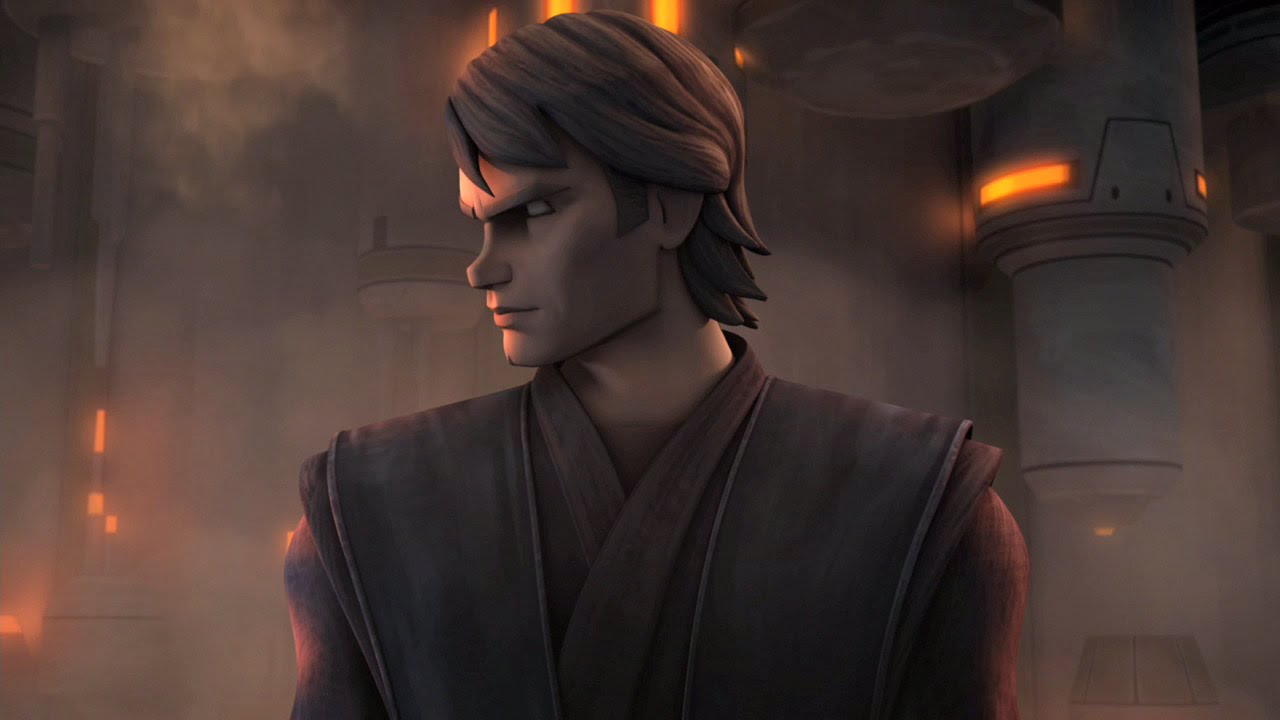
At the beginning of the Clone Wars, Anakin was a simple Padawan, albeit a prodigious one. Due to his potential in the Force and his aptitude for combat and strategy ⏤ and perhaps out of necessity following the devastating Battle of Geonosis ⏤ the Jedi Council knighted Anakin a little while after the events of Episode II – Attack of the Clones, thus allowing him to have a more direct influence on the war effort. In the months that followed, Anakin became a General of the Grand Army of the Republic, leading his own Clone regiment — which came to be known as the 501st Legion — in the struggle against the Separatists.
While there’s no denying that he always got results, Anakin worked up a reputation as a reckless and arrogant commander, always overestimating his own abilities while underestimating the enemy. Throughout the three-year Clone Wars conflict, Obi-Wan tried numerous times to dissuade Anakin from that arrogant egotism, though he never made any real progress.
The protagonist’s fall to the dark side exacerbated this arrogance tenfold. As the Emperor would say, the dark side of the Force may be a pathway to abilities some consider to be unnatural, but Anakin thinking that his powers have increased only briefly after joining Palpatine was a miscalculation that may have ultimately cost him the fight.
It wasn’t just the fact that Obi-Wan had an undeniable advantage by taking over the high ground, but Anakin’s certainty that he could defeat his old mentor despite this apparent advantage.
Why Obi-Wan, and only Obi-Wan, could defeat Anakin
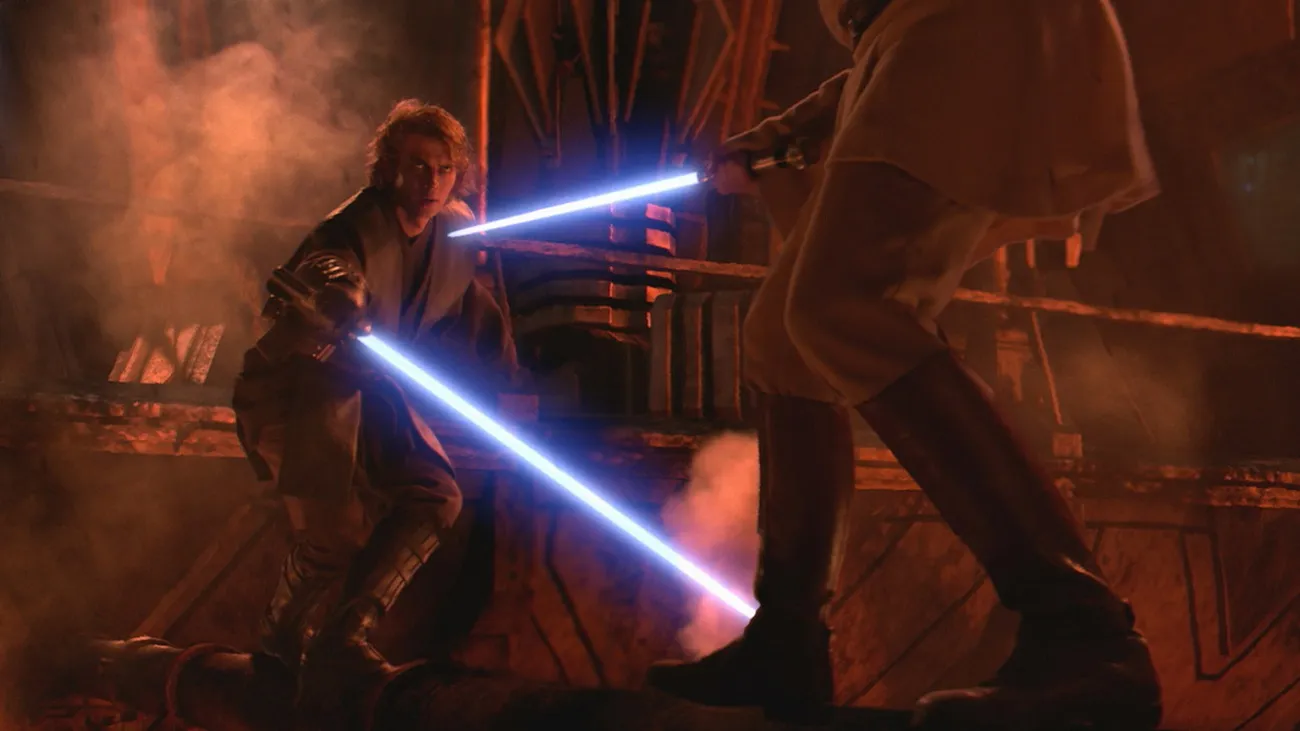
Star Wars lore has always had an inclination to allude to destiny in the metaphysical sense. One interpretation of these mythos is that everything that has gone down in the Skywalker Saga is pre-determined, even the fight between Obi-Wan and Anakin, which completed the latter’s transformation to Vader. Now, even if this wasn’t a matter of fate ⏤ or poetry, as George Lucas would like to call it ⏤ there are a couple of reasons why Obi-Wan Kenobi was the only person who could defeat Anakin at that stage, even though the clash made everything worse in hindsight.
There’s no question that pre-suit Anakin was stronger than Palpatine, and even the fallen hero knew that all too well. He even hints at his plans to eventually overthrow and kill the Emperor, which means that if he’d left Mustafar unscathed, the history of the galaxy would’ve changed forever.
Palpatine overpowered Yoda in their simultaneous Episode III fight, so if Yoda had gone to Mustafar as Obi-Wan suggested, Anakin may have ended up killing the Grand Master of the Jedi Order. We don’t know how Obi-Wan would have fared against Palpatine with his mastery of Soresu, but it’s clear that he was the only one who could take on and defeat Anakin in that climatic act, if for nothing other than the fact that he knew Anakin to his bones.
Obi-Wan had trained Anakin from the age of nine. He was even there when Anakin got his first lightsaber and started his swordfighting training. Over the years, the Jedi Master not only taught his pupil everything he knew about the Force and what it means to be a Jedi, but the two actually fought side-by-side as brothers for years before the Clone Wars came to an abrupt end in Revenge of the Sith.
At the very least, this implies that Obi-Wan could predict some of the moves Anakin would lay out on him during their fight to the death. That deep knowledge of his Padawan, combined with years of mastering Form III and Anakin’s own arrogance, was what allowed the Jedi Master to successfully unlimb Anakin and end his reign of madness for at least a little while, not knowing that Vader would soon return in machine form to terrorize the galaxy for another 20 years.
Now, more than 15 years after Revenge of the Sith first depicted this iconic fight in cinemas, Ewan McGregor’s Kenobi and Hayden Christensen’s Vader are back in the Obi-Wan Kenobi limited series on Disney Plus, in what Lucasfilm execs claim will be the “rematch of the century.” Which means that in just a few weeks’ time, we’ll be able to see for ourselves how the two Force-wielders have evolved as fighters over the decade that has chronologically gone by since the events of Episode III.

